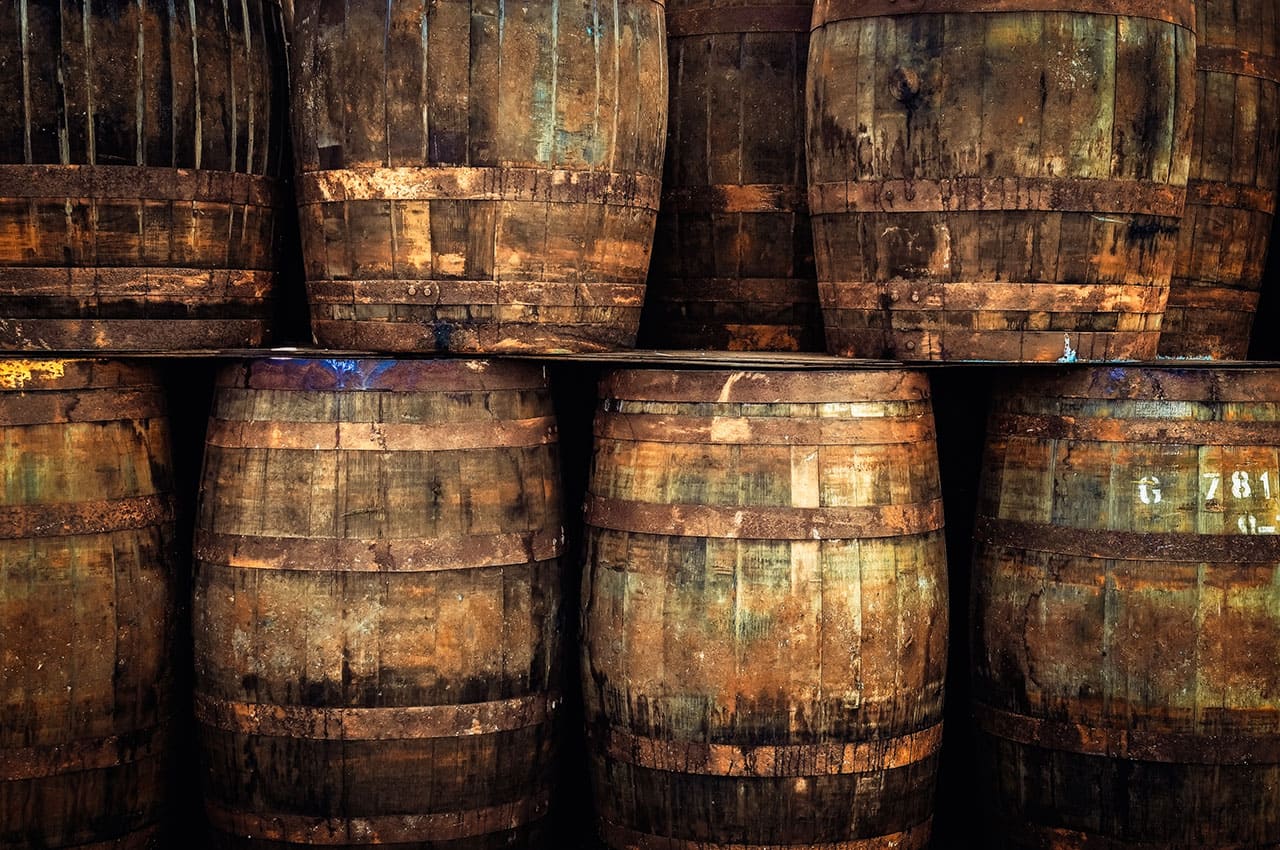The art of whisky production has evolved over centuries, with each generation of whisky producers refining and perfecting their techniques. One of the most significant innovations in recent years has been the rise of cask finishes, which provide an opportunity for whisky producers to explore new flavor profiles and create truly unique spirits. In this blog post, we will delve into the world of cask finishes and examine how they can transform the flavor of whisky, allowing producers to craft exceptional products that captivate the market and elevate their brand.
Cask Finishing: A Brief Overview
Cask finishing, also known as secondary maturation, is a process in which a whisky is transferred from its original cask to a second, different cask for a period of time. This second cask is typically chosen for its distinctive characteristics, such as the wood type, origin, or previous contents. By exposing the whisky to these new influences, producers can dramatically alter its flavor profile, adding layers of complexity and depth that distinguish it from other spirits on the market.
The Art and Cask Approach
Art and Cask is at the forefront of the cask finishing revolution, offering whisky producers a curated selection of character casks that enable them to unlock new flavor dimensions and create truly exceptional products. By partnering with Art and Cask, whisky producers gain access to a diverse range of cask options, expert consultation, and personalized guidance, ensuring that their cask finishing endeavors align with their unique goals and vision.
Exploring the Impact of Cask Finishes on Flavor Profiles
Cask finishes can have a profound impact on the flavor profile of a whisky, adding new dimensions of taste and aroma that set it apart from its peers. The specific impact of a cask finish will depend on several factors, including the wood type, origin, and previous contents of the cask. Here are some examples of how different cask finishes can influence the flavor profile of a whisky:
- Sherry Cask Finishes: Sherry casks, made from European oak and seasoned with sherry, can impart rich, fruity, and nutty notes to a whisky, adding depth and warmth to its flavor profile. Sherry cask finishes are particularly popular for their ability to complement and enhance the natural characteristics of the spirit.
- Port Cask Finishes: Port casks, also made from European oak and seasoned with port wine, can lend a whisky sweet, fruity, and spicy flavors, creating a unique and appealing sensory experience. The bold, complex flavors imparted by a port cask finish can make a whisky stand out in a crowded market.
- Rum Cask Finishes: Rum casks, typically made from American oak and seasoned with rum, can infuse a whisky with tropical fruit, spice, and molasses notes, adding an exotic twist to its flavor profile. A rum cask finish can help a whisky appeal to a broader audience, attracting consumers who might not typically gravitate towards whisky.
- Wine Cask Finishes: Wine casks, which can be made from a variety of wood types and seasoned with various wines, offer a diverse range of flavor influences for whisky producers to explore. From the bright, fruity notes of a red wine cask finish to the delicate, floral nuances of a white wine cask finish, wine casks provide endless opportunities for experimentation and innovation.
Conclusion
Cask finishes have emerged as a powerful tool for whisky producers, enabling them to craft distinctive, memorable spirits that captivate consumers and elevate their brand. By partnering with Art and Cask, whisky producers can harness the full potential of cask finishes, exploring new flavor dimensions and creating exceptional

